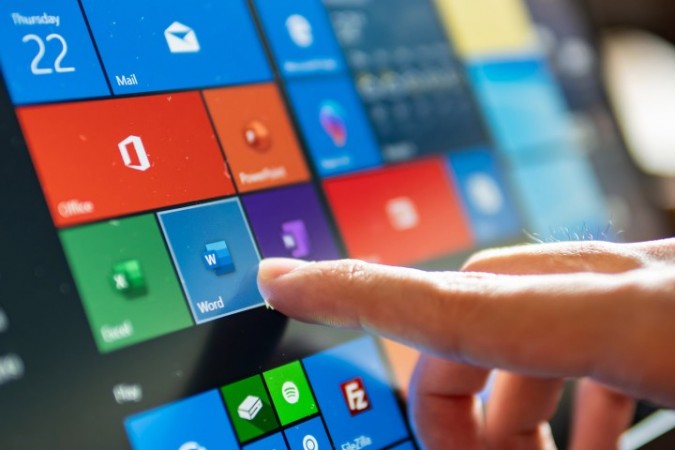
In a surprising move, Microsoft has announced the discontinuation of a service that has been an integral part of Windows computers for the past three decades. This decision has raised eyebrows and left users wondering about the reasons behind such a significant change. Let's delve into the details of this decision and explore why Microsoft is bidding farewell to this long-standing service.
The service that Microsoft is removing from Windows computers is none other than Windows Media Player (WMP). For many users, WMP has been the go-to media player for playing audio and video files. Its iconic orange and blue cone-shaped icon has been a familiar sight on Windows desktops since the 1990s.
Windows Media Player was first introduced in 1991 as part of the Windows 3.0 operating system. It quickly gained popularity among users as it provided a simple and convenient way to play multimedia files on their computers.
Over the years, Windows Media Player evolved significantly. It became a versatile media player that could handle a wide range of media formats, from MP3 audio files to various video codecs. With each new Windows release, WMP received updates and improvements, cementing its position as a default media player on Windows machines.
However, as technology advanced, new players entered the field. Third-party media players like VLC, iTunes, and later, streaming services like Netflix and Spotify, started to offer more features and versatility than Windows Media Player. This led to a decline in WMP's popularity and usage among Windows users.
As mentioned earlier, user preferences shifted towards third-party media players and streaming services. These alternatives offered better customization options, cross-platform compatibility, and access to extensive libraries of content.
Microsoft has been focusing on modernizing its Windows platform. This includes the development of Universal Windows Platform (UWP) apps that can run on various Windows devices seamlessly. Legacy applications like Windows Media Player no longer fit into this modernization strategy.
Microsoft is also streamlining its Windows versions. Removing legacy components like WMP helps reduce the complexity of Windows, making it more efficient and easier to maintain.
With Windows Media Player being phased out, users might be wondering what alternatives Microsoft is offering for media playback on Windows computers.
Windows 10 and 11 come with built-in apps for media playback. Groove Music and Movies & TV are the default apps for playing music and video, respectively. These apps offer a more modern and integrated media experience.
Users can continue to use third-party media players like VLC Media Player, Winamp, or iTunes for their media needs. These players offer a wide range of features and customization options.
In conclusion, the removal of Windows Media Player from Windows computers marks the end of an era. While it may evoke nostalgia for long-time Windows users, it reflects Microsoft's commitment to adapt to changing technology trends and streamline its operating system. As users bid farewell to an old friend, they can explore the diverse world of media players and streaming services that offer a more dynamic and tailored multimedia experience.
5 Foods High in Calcium for Strong Bones